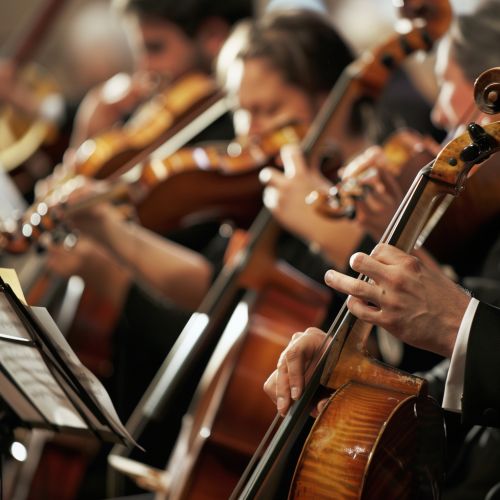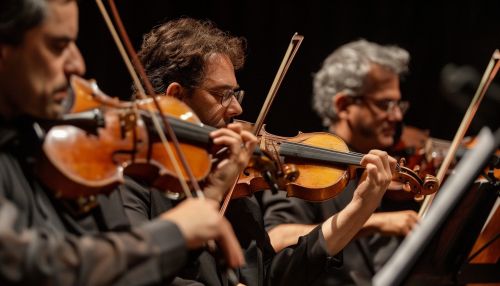Harmony
Definition and Overview
Harmony is a fundamental aspect of music theory that deals with the process by which individual sounds are superimposed. It involves the construction of chords, chord progressions and the principles of connection that govern them. Harmony is often said to refer to the "vertical" aspect of music, as distinguished from melodic line, or the "horizontal" aspect.


Historical Development
The concept of harmony and its study originates from the music of ancient Greeks. The term comes from the Greek word 'harmonia', meaning a joining or fitting together. The Greeks believed that harmony in music reflected the deeper harmony of the Universe.
Elements of Harmony
Harmony is built on the concept of scales and modes. The most basic form of harmony is the interval, the distance between two pitches. Intervals can be either consonant, which are stable and require no resolution, or dissonant, which are unstable and demand resolution.
Types of Harmony
There are several types of harmony, including diatonic, chromatic, jazz, and quartal harmony. Each type has its own rules and structures, and is used in different musical contexts.
Harmony in Different Musical Traditions
Harmony is not universal, and different cultures around the world use different types and concepts of harmony in their music. For example, in many forms of African and Indian music, the concept of harmony as understood in the Western tradition does not exist.
Harmony and Emotion
Harmony has a powerful effect on how music is perceived. Different harmonies can evoke different emotions, and composers use this to great effect in their music.
